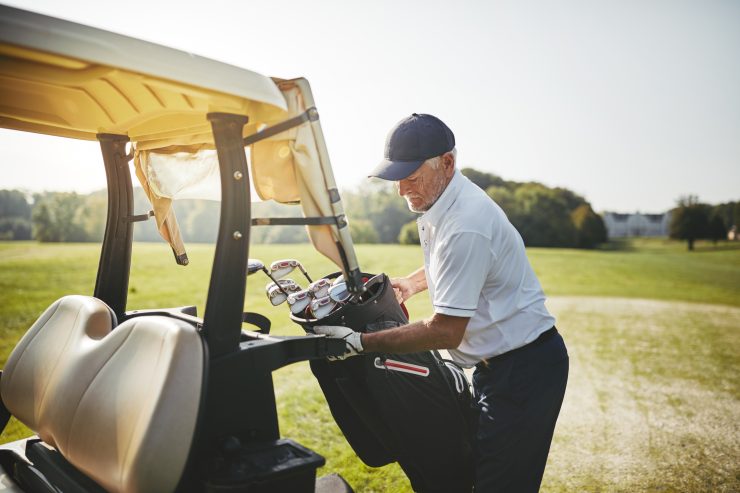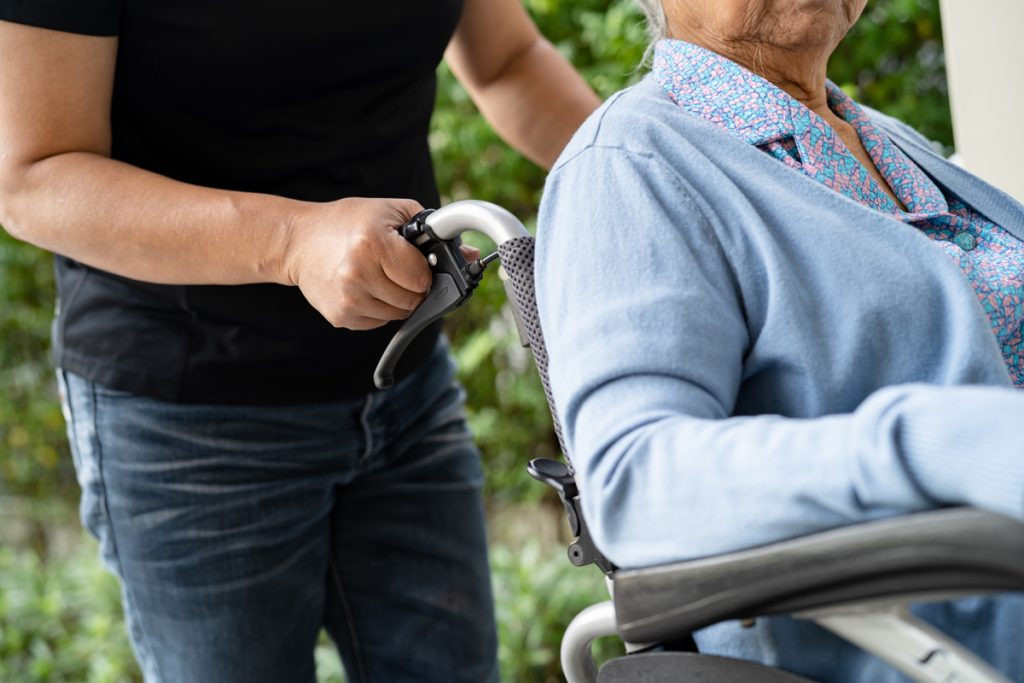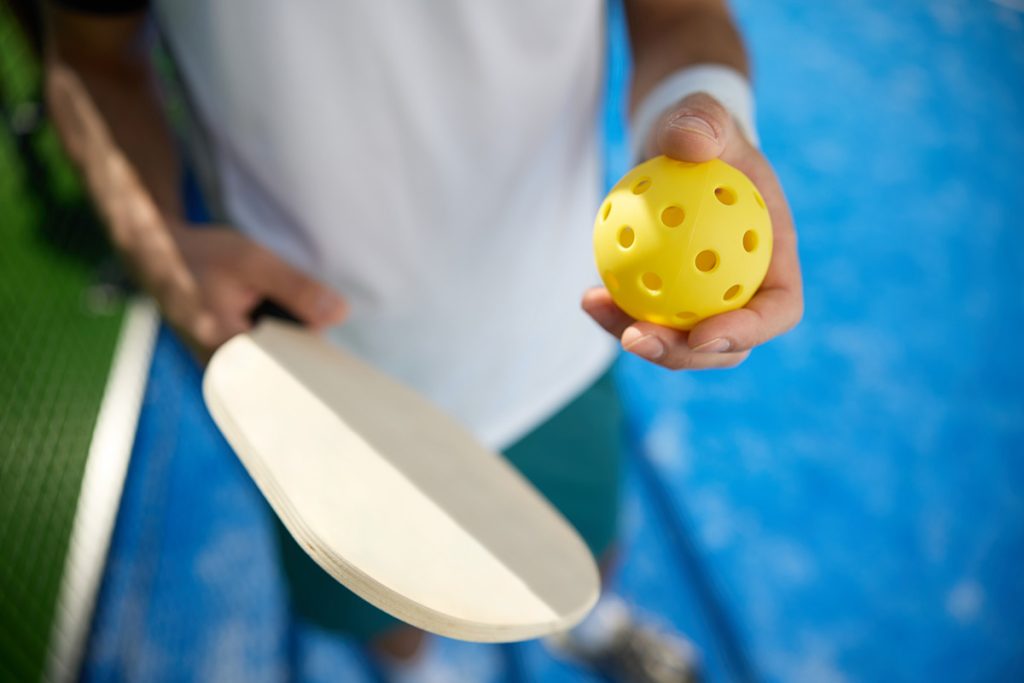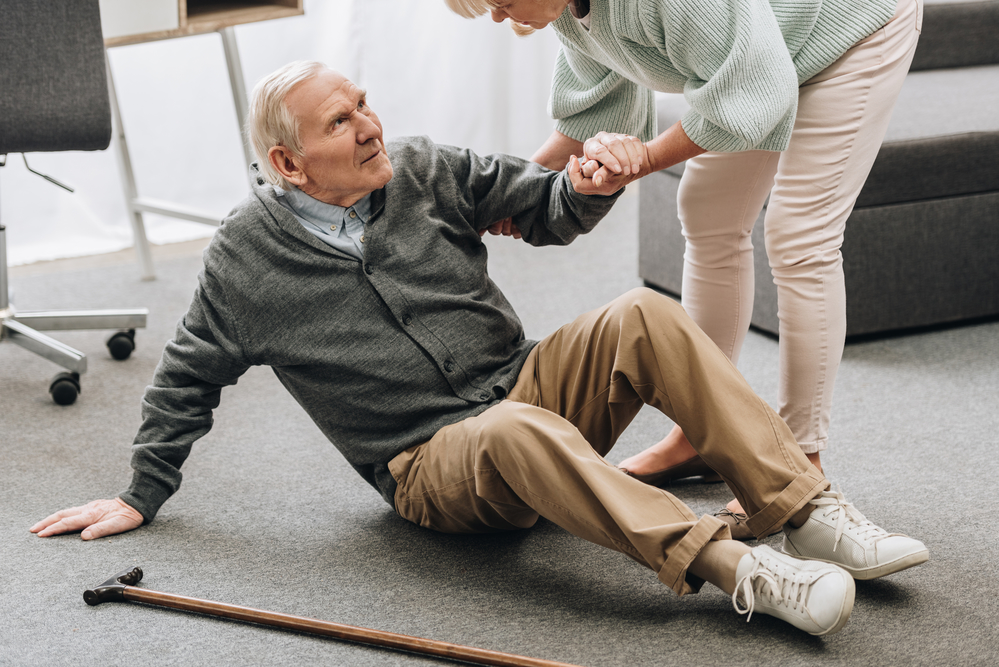Golf Club For Seniors

Golf Club For Seniors
Modern advancements in golf equipment have enabled elders to continue playing their favorite sport for longer. Whether you are a novice or an experienced player, the game’s fascination never wanes. In this post, we will discuss the many sorts of clubs. Although we won’t be promoting specific brands, the information will be extremely helpful for your upcoming golf purchases.
Senior Is Not the Same as Senior, or Is It?
You do not necessarily need senior flex shafts in your clubs just because you are advancing in age. However, if your clubhead speed has decreased over the years, your club selection may be the key to achieving lesser scores. The term “set make-up” refers to putting the clubs in your bag that give you the greatest chance of playing well. In addition to senior golf, the late Arnold Palmer competed against juniors on the PGA Tour far into his seventies. Among his secrets was the fact that he altered his equipment. He added more flexible shafts to his clubs, upped the loft on his driver, added some fairway woods, hybrids, bigger cavity back irons, wedges he felt comfortable with, and rocked the modern putter for years. Consider each category of equipment for inspiration. In addition to being able to purchase new clubs and have them completely customized, there is now a thriving market for used golf clubs, especially online. You can save money without sacrificing quality golf clubs!
Driver
The USGA (United States Golf Association) has established criteria governing the flexibility of driver faces, so each high-quality driver produced after 2010 should have a comparable degree of face bending. These are the four things a senior should look for:
1. Loft. In golf, loft is your best buddy. You probably do not hit the ball as far as you formerly did. Yes, you may still be able to hit the ball 250 yards, but you can bet the average is far shorter. To gain more yards, you can increase the “carry” distance of your tee shots by increasing the loft of your club. Several manufacturers sell Drivers with a loft between 12 and 15 degrees; if you can set aside your ego, it is highly recommended that you investigate these options.
2. length and weight of the shaft Despite the fact that the average driver length on the PGA Tour is 44.5 inches, several drivers are 46 inches in length. You will be surprised at how much easier it is to hit the sweet spot and increase yardage by shaving an inch to an inch and a half off the grip end of a shorter driver. It won’t have much of an effect on the shaft flex, but you can always apply a bit of lead tape to the club’s head (one of Arnold Palmer’s techniques!).
3. Face Angle. In modern drivers, the face angle can be adjusted to prevent a tendency to hook or slice the ball. Some manufacturers sell drivers with offset heads for slicers in order to reduce slice and increase launch angle.
4. head volume Some elders are uneasy with the 400cc to 460cc head size of contemporary drivers. Although you will lose a little distance on all but the cleanest hits, seeing some old-school titanium clubheads in the 250cc to 350cc range may inspire confidence in your ability to square the club at impact. Especially if the shaft is shortened and the loft is at least 11 degrees. In addition, these clubs frequently cost less than $20!
Fairway Hybrids And Woods
Much of what may be said about fairway woods also applies to drives. Unless you can hit a 3-wood higher than a one-story home, you probably do not need this club unless you play in a climate with extremely firm fairways, where you may be able to gain yardage due to the roll. A 5 wood (hugely popular on all tours today) will likely serve you well. Look for one with 18 or 19 degrees of loft and a maximum shaft length of 42 inches for an average-sized individual. A 7 wood and/or a 9 wood (with lofts between 21 and 24 degrees) are also excellent clubs for the senior golfer to utilize, as they are effective from the rough as well as the fairway and tee box. The 5 wood can substitute for a 1-2 iron, 7 wood, 3-4 iron, and 9 wood 4-5 iron. If you are seeking for greater height, a club with a shallower face may help, however if you are using the club more off the tee and from the rough, a club with a deeper face may be more advantageous. Hybrids are designed to replace longer irons and are often hollow-headed clubs with a slimmer profile. For the majority of senior golfers, a 1, 2, or 3 iron is not a user-friendly club, but adding a 5 or 7/9 Wood combo and beginning with a pair of hybrids in the 4 or 5 Irons can make the game significantly easier. You may even get iron sets composed completely of hybrids. There are no “cheater clubs” present. Numerous elite players of all ages frequently have two or more in their bag.
The Use Of Irons And Wedges
Assuming you have added one or two woods or hybrids, your longest iron will likely be a 5 or 6 iron. The best irons are those that distribute their weight evenly throughout the perimeter of the club. Buying new or secondhand, the lie angle is one of the most crucial specifications to get properly (how the club is soled at impact with the ball.) With the assistance of a skilled club fitter, you may bend the necks of the majority of golf clubs by a couple of degrees to increase the accuracy of your iron shots. The lofts of modern golf clubs are stronger than those of clubs from the past. In 1995, a pitching wedge had approximately 48 degrees of loft; today, 44 or 45 degrees is the norm, and most sets include a gap wedge with approximately 50 degrees of loft before the sand wedge (usually with around 56 degrees of loft.) Gary Player, Jack Nicklaus, Tom Watson, Hale Irwin, Lee Trevino and many others do not carry a 60-degree wedge (also known as a Lob Wedge), so although you may wish to carry one if your home course has a lot of hills and carries over sand traps around the greens, it is by no means required. A quality sand wedge must have “bounce” on the sole (the number of degrees the back of the leading edge sits lower than the front of the leading edge.) When playing in rainy conditions with dense sand in the bunkers, a sand wedge with a bounce angle of 12 to 15 degrees is appropriate. If you play on a course with firmer ground and fewer sand traps, a sand wedge with 9 to 12 degrees of bounce will serve you well.
Putters
There is a great deal of individual variety among putters. Regardless of whether you choose a standard blade or centershaft putter, a Ping-style heel-to-toe putter, or one of the huge and trendy MOI putters, there are two factors to consider. Most putters are excessively lengthy. You can shorten it and add weight with lead tape, but you should consider your putting stroke, consult a professional, and ensure that your eyes are comfortable over the ball before determining the proper length of putter. Regardless of the shape you select, you will find a head weight that feels appropriate. Have fun experimenting with various putters, and keep in mind that there are many excellent used putters available.
Shafts And Grips
Modern graphite shafts do not have the performance difficulties of graphite shafts from the 1980s, yet it is astounding to hear seasoned players continue to say ridiculous things like “Graphite turns the club into a hook machine” or “It has too much torque.” From a scientific standpoint, this is no longer the case with graphite shafts of decent quality made by major manufacturers. With its reduced weight, graphite should be utilized by senior golfers in their woods, hybrids, and most likely their irons. Most store-bought wedges feature “Wedgeflex” shafts, which are invariably stiff. Throughout his career, Jack Nicklaus utilized a sand wedge with a soft flex shaft. Even if you leave the steel in the wedges, reshafting them with a more flexible shaft might be of tremendous assistance. You are not required to use senior flex, but it is a truth that the majority of male amateur golfers in the United States utilize stiff flex clubs due to their ego, when a regular or even senior flex club would be more beneficial. Try out different shafts with the assistance of a qualified club fitter, and you may be surprised. Whatever grip you like can be customized to fit your hand. If you have arthritis in your hands, you can build up the grip. Many top senior golfers do this to minimize the grip taper on the lower half of the grip and to reduce the vibration of the club at impact.
Putting Everything together
Let’s use Tom as an example. Tom, a 65-year-old male golfer, with a driver swingspeed of 84 mph and a 6-iron swingspeed of 67 mph. His handicap is 12 points. He no longer strikes the ball as high or as far as he once did. However, he utilizes excellent course management and smashes the ball quite straight. He has a handicap of 12 and is capable of consistently shooting 81-83 on a 6,100-yard, par-72 golf course. Here is a potential set composition for him with senior flex shafts:
Driver: 300-460cc (based on personal preference) driver head with a loft of 12 to 14 degrees.
Wood: 5 Wood with loft between 18 and 19 degrees.
4 and 5 Hybrids will replace 4 and 5 Irons.
The 6,7,8,9, Pitching Wedge, and Gap Wedge irons have the same model and shaft.
Sand Wedge: 56 degrees with 12 degrees of bounce and a shaft with the same flex profile as the other clubs, whether steel or graphite.
Whatever choice he makes!
That’s only twelve clubs! The rules permit 14, and you may discover that you do not need them, but this setup allows you to add a second fairway wood, perhaps a 6-hybrid iron or 60-degree wedge!




